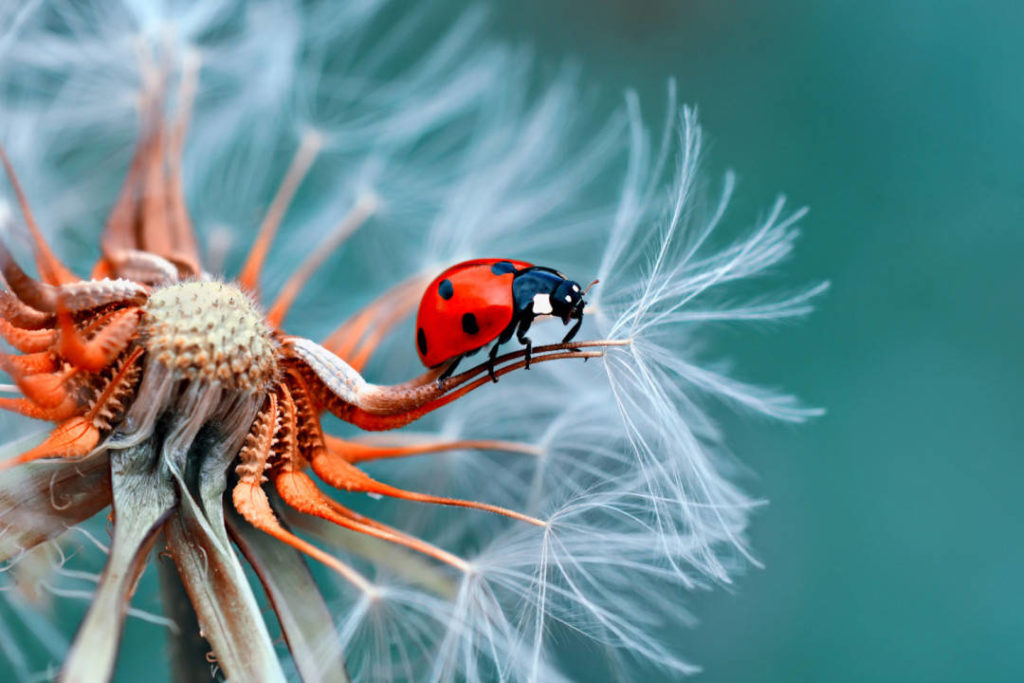Macro photography is the capture of images of small things, whose objective is to highlight and highlight details not noticeable to the naked eye. A photograph is considered macro when the subject size is photographed with a ratio between 1:1 and 10:1, that is, when the detail in question is equal to or up to 10 times greater than the actual one. A ratio greater than 10:1 is considered a macro photograph.
In this article, we’ll offer some tips on how to start or improve macro photography.
1? Macro objectives
Before choosing the lens for macro photography, it is necessary to analyze the type of photography you are going to take, usually macrophotography is associated with photos of insects and nature, but it is used in different types of professional works of different styles.
After deciding what kind of macro photography you’re going to work on, look for an ideal macro goal for this action. Really look for goals to improve this type of work, such as those listed:
2? Use an inverted adapter
The inverted adapter is an extremely useful and economical equipment in macro photography. You turn your common zoom lens into a macro lens, reversing your position in the body of your camera.
3? Openness, focus and depth:
When it comes to making macrophotography, it’s a good time to look for lenses with smaller apertures, because the smaller the aperture, the more details you can get in the focus, with this you like all the details of the main pattern of the image.
Consider using f/1. 8 aperture where you will have less field and a closer focus to your macro photography. Manual focus is recommended for greater focus accuracy, as manual focus can save more than necessary in finding a longer-distance approach to other objects.
4? Lighting
Each light source is required in macrophotography. When recording very small objects, you must see all the details and to do so, it is essential that the entire focus area is clear and well lit. Speedlite flashes for DSLR cameras may, in this case, not be a good choice as they do not have the minimum power to reflect what is needed in this type of image.
See some flash examples for macro photography:
Circular flash MK-14EXT macro macro flash ring for circular flash Nikon Canon MT-24EX Circular Flash Canon MR-14EX II Macro Ring Lite Circular Flash Nikon R1C1 Foreground Wireless Flash
Ideally using circular LED lights, in practice they are macro flashes that have a smoother and more uniform lighting system without loss of power and quality.

